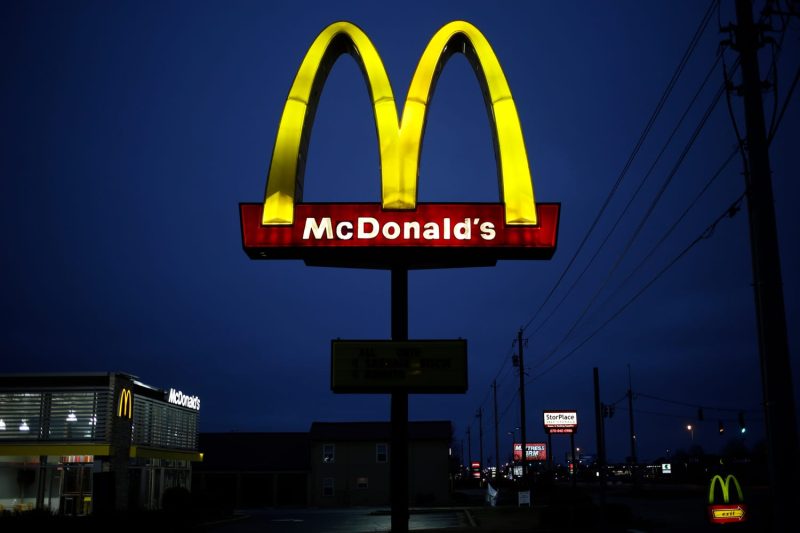In a recent report, the world-renowned fast food giant, McDonald’s, emphatically asserted that their $5 value meal sales have been significantly surging. This trend is closely connected to the prevailing economic climate, specifically the global inflation that has seen a steady rise in commodity prices.
Since many people have now become more meticulous about their spending, they have reconsidered their dining options and started gravitating towards more budget-friendly choices. In an economic landscape where many people are experiencing the ‘pinch’ of inflation, the McDonald’s $5 value meal has now become an attractive option for many customers.
To elaborate, the rise in inflation has piled significant financial pressure on consumers. This has triggered a scenario where cost increases in commodities are passed on to consumers, stretching household budgets. In response, consumers have been searching for value in their purchases, especially in their food choices. In this context, the McDonald’s $5 value meal sales have witnessed a rising trend. The affordability of these meal options not only fits snug within the current budget constraints of folks worldwide but also satisfies their cravings for fast food.
In an effort to capitalize on this trend, McDonald’s has fortified the advertising and promotion of their value meals. They have been positioning these meals as satisfying, convenient, and cost-effective alternatives to costly food establishments. They focus on emphasizing the taste, convenience, and above all, the great value these meals provide.
However, the success of the $5 value meal isn’t merely the result of clever marketing and economic factors. McDonald’s has long been known for its adaptability and ability to meet consumer demands. As such, the rise in value meal sales also mirrors a significant shift in consumer behavior spurred by the inflation.
Additionally, McDonalds also attributes the surge in sales to their ability to connect with consumers on a more personal level. Many consumers dealing with the economic squeeze view the brand not merely as a profit-oriented business, but as an entity that understands their financial plight and responds empathy.
Moreover, these value meal sales figures also highlight the overall trend of the fast food industry. Many consumers are looking for a balance between cost and convenience. While some will always splurge on high-end dining experiences, many are doubling down on cheaper options that deliver good taste and satisfaction.
However, it’s also vital to understand that this trend doesn’t wholly stand on the pillar of affordability alone. McDonald’s continues to maintain its standards in terms of taste and quality, despite the economic downturns. They do not compromise on the product’s quality while offering it within affordable means, which largely contributes to their sales numbers.
On a broader note, McDonald’s leadership in exploiting value propositions underlines the success of the company’s strategies. The reliance on affordability and the adaptability to market conditions has proved fruitful amid economic challenges, partially mitigating downturns’ impacts on their overall revenues.
To conclude, McDonald’s skyrocketing $5 value meal sales reveal an interesting interplay of consumer behavior, global economic patterns, and strategic business responses. As consumers continue to seek value in their purchases because of inflation, businesses globally can learn from McDonald’s example in tailoring their offerings to meet the prevailing market demands.




